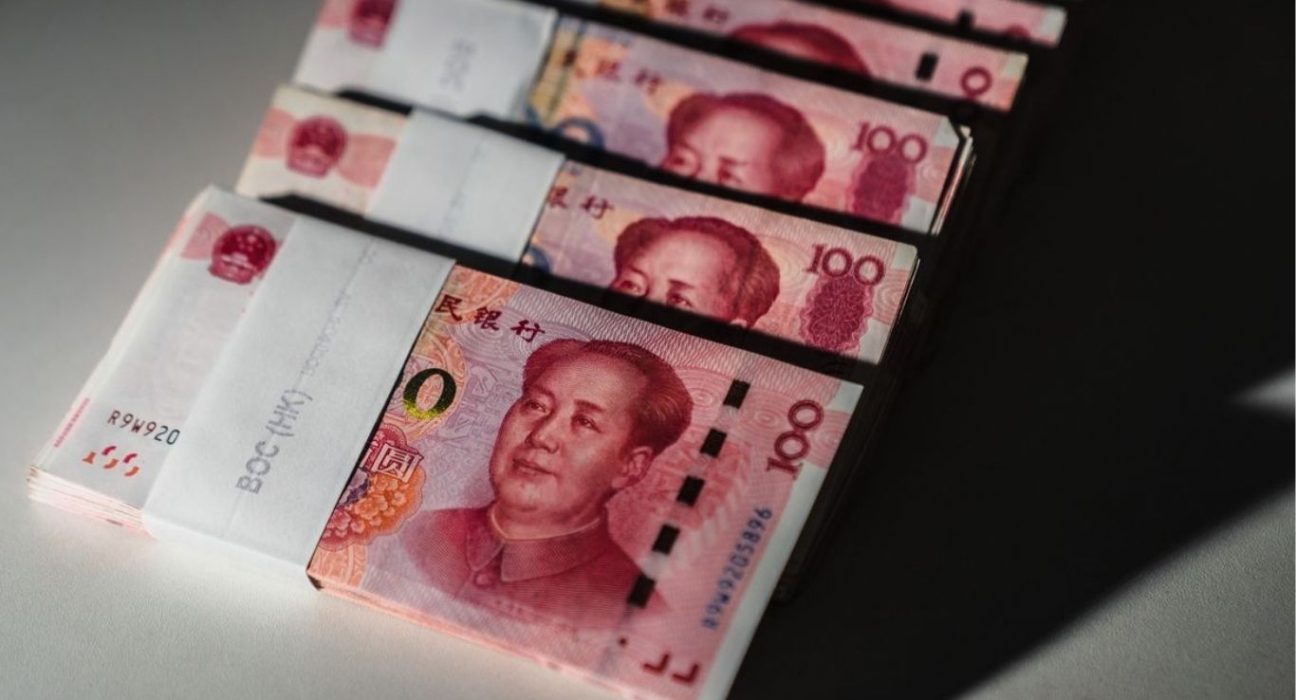The Chinese yuan fell by 0.2% and was once again trading close to the 7 level against the dollar, indicating uncertainty over China’s economic recovery. Despite improvements in commodity imports in March, the property sector shrank and growth in consumer spending remained below pre-COVID levels. In this article, we will explore the factors behind China’s mixed signals in economic recovery and its implications for the yuan.
Factors influencing China’s economic recovery
Since the COVID-19 pandemic, China has been focusing on stimulating economic growth through various measures, such as increasing infrastructure investment, promoting domestic consumption, and supporting the property sector. However, the results have been mixed so far.
On one hand, China’s commodity imports have been improving. According to official data, China’s imports of crude oil, iron ore, and copper all increased in March from the previous month. This is a positive sign for China’s manufacturing sector, as these commodities are key inputs for various industries.
On the other hand, China’s property sector is facing challenges. In recent months, the Chinese government has implemented measures to cool down the property market, including restrictions on mortgages and sales. As a result, the property sector shrank in the first quarter of 2021. This is a concerning development, as the property sector is a major driver of China’s economic growth.
Moreover, consumer spending in China remains weak. According to official data, retail sales in China grew by 34.2% in March compared to the same period last year. While this growth rate may seem impressive, it is still well below pre-COVID levels. This suggests that Chinese consumers are still cautious about spending, possibly due to concerns about the economy and job security.
Implications for the yuan
The mixed signals in China’s economic recovery have implications for the yuan, which has been volatile in recent months. A weaker yuan can make Chinese exports more competitive, but it can also make imports more expensive, potentially leading to inflation.
Moreover, the yuan’s exchange rate against the US dollar is closely watched by investors as a barometer of China’s economic health. A weaker yuan could signal concerns about China’s economic growth and stability, which could lead to a sell-off in Chinese assets and affect global financial markets.
In conclusion, China’s economic recovery remains uncertain, with improvements in commodity imports but challenges in the property sector and slow consumer spending. The yuan’s exchange rate against the US dollar will continue to be closely watched by investors as a gauge of China’s economic health.










